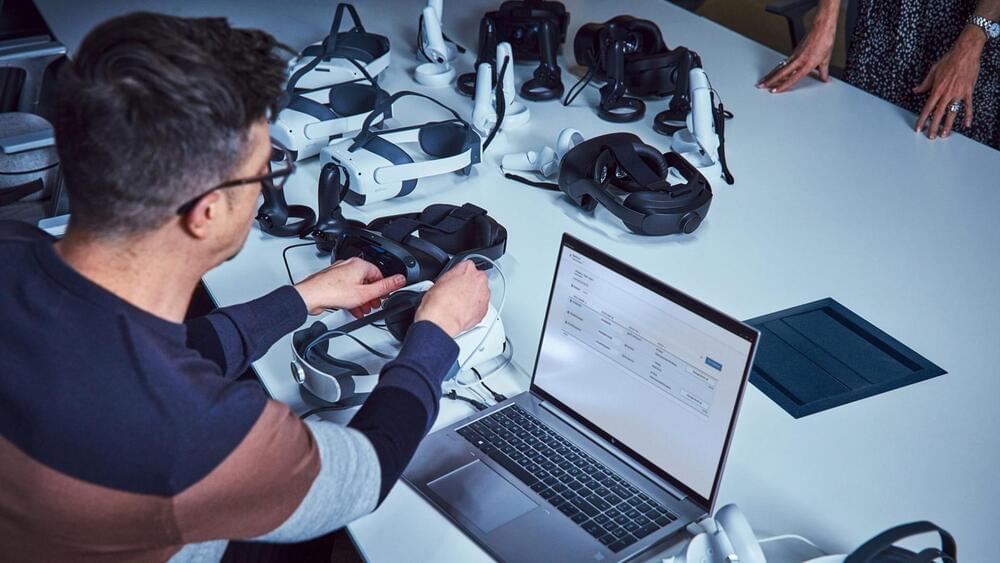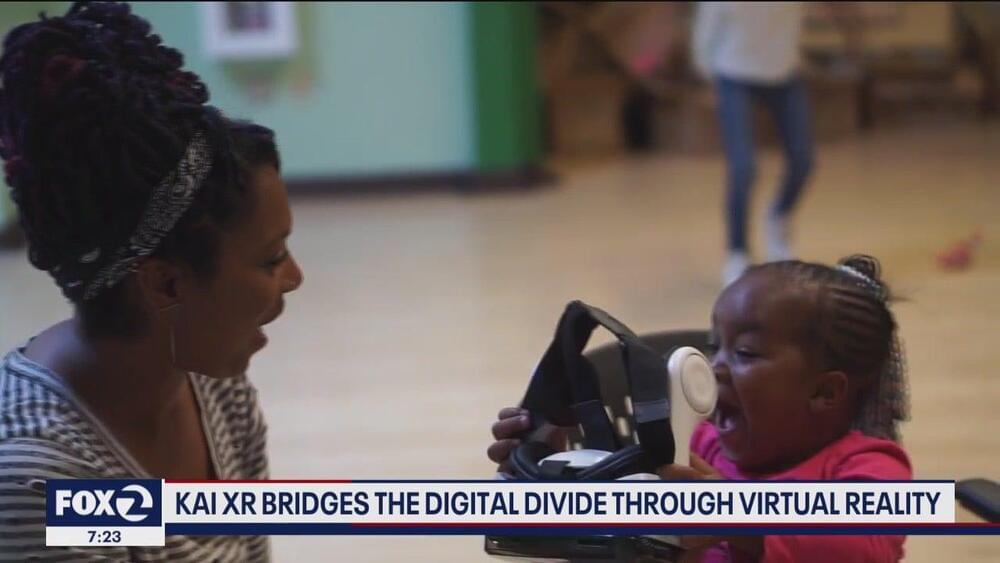Mar 24, 2022
Surgery Training Platform ‘Osso VR’ Secures $66M Series C Financing
Posted by Shubham Ghosh Roy in categories: biotech/medical, virtual reality
Osso VR, the VR surgical training platform, today announced it’s closed a $66 million Series C financing round, something the company says will be used to broaden its VR surgical offering and hire more expert talent.
The Series C round was led by Oak HC/FT, which includes participation from Signalfire, GSR Ventures, Tiger Global Management and Kaiser Permanente Ventures.
Continue reading “Surgery Training Platform ‘Osso VR’ Secures $66M Series C Financing” »


















